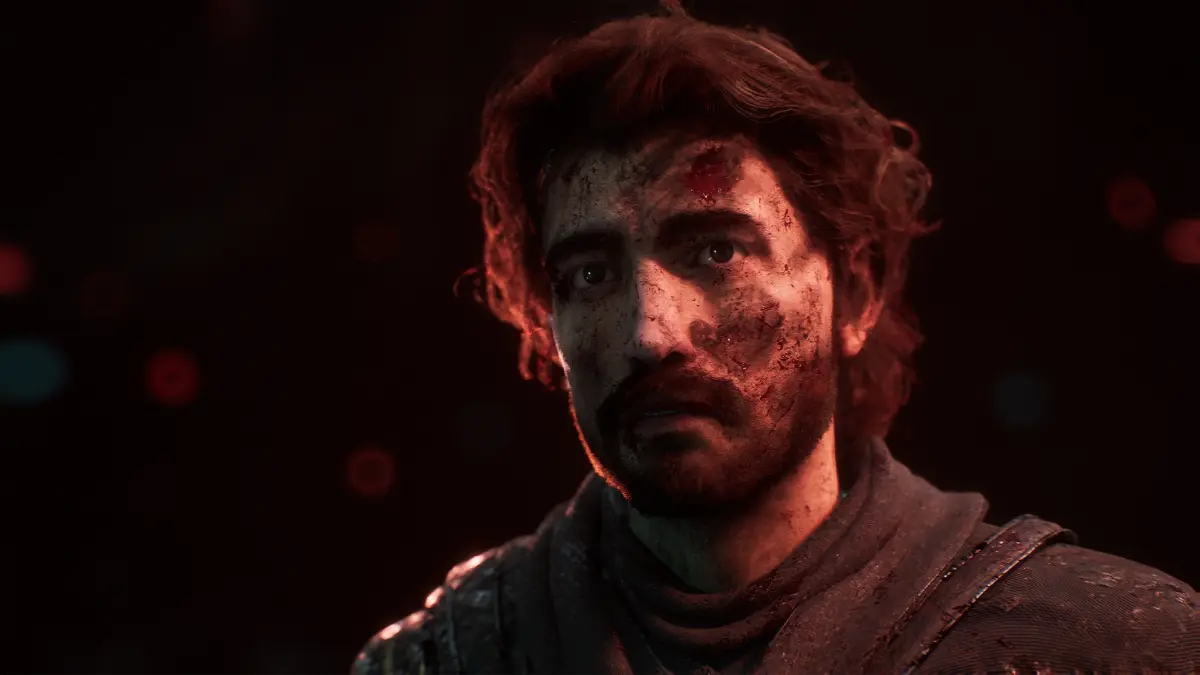
Clair Obscur: Expedition 33: Aesthetic Triumph and Ideological Contradictions
Clair Obscur: Expedition 33 (Sandfall Interactive, 2025) emerges as a visually arresting and mechanically innovative role-playing game, its painterly aesthetic and turn-based combat system interwoven with real-time elements heralding a bold evolution of the genre. Yet, from a Marxist perspective, this work demands scrutiny not merely for its formal qualities but for its embedded ideological structures, which both reflect and obscure the material contradictions of capitalist cultural production. This review interrogates Clair Obscur as a cultural artifact, situating it within the dialectics of labor, commodification, and class struggle, while assessing its capacity to either reinforce or subvert hegemonic ideologies.
The Aesthetic as Commodity
At first glance, Clair Obscur’s art direction, with its lush, impressionistic vistas and meticulously crafted character designs, appears to transcend the banalities of mainstream gaming’s profit-driven aesthetics. Its world—a surreal blend of Belle Époque decadence and apocalyptic decay—evokes a haunting beauty that invites players to linger in its environments. Yet, this aesthetic splendor cannot be divorced from its conditions of production. The game, developed by a relatively small studio under the pressures of a AAA-dominated industry, exemplifies the commodification of artistic labor. The developers’ craft, while impressive, is subsumed under the imperatives of marketability, with the game’s visual allure serving as a primary selling point to attract bourgeois consumers seeking escapism. The labor of artists, coders, and designers, rendered invisible in the final product, is alienated, their creative output transformed into a commodity fetish that obscures the exploitative relations of its creation.
Narrative and Class Dynamics
The narrative of Clair Obscur centers on Expedition 33, a group of survivors navigating a world ravaged by an enigmatic cataclysm, tasked with uncovering truths about their society’s collapse. The story gestures toward themes of collective struggle and sacrifice, yet its framing betrays a liberal individualism that undermines any revolutionary potential. The protagonists, depicted as exceptional heroes, reinforce a meritocratic mythos, suggesting that salvation lies in the actions of a select few rather than in the collective emancipation of the oppressed. The game’s world, divided between the remnants of a privileged elite and the dispossessed masses, mirrors the class stratifications of late capitalism, yet it fails to interrogate these divisions critically. Instead, it romanticizes the plight of the downtrodden, aestheticizing their suffering without offering a materialist analysis of its roots.
The game’s antagonists, vaguely defined as manifestations of a corrupted past, serve as allegories for systemic decay but lack specificity. This ambiguity allows Clair Obscur to flirt with critique while avoiding a direct confrontation with the capitalist structures that perpetuate inequality. The narrative’s resolution, which leans on personal redemption over systemic upheaval, aligns with bourgeois ideology, pacifying revolutionary impulses by channeling them into individualistic triumphs.
Gameplay as Labor and Resistance
Mechanically, Clair Obscur blends turn-based strategy with real-time inputs, creating a dynamic combat system that demands both tactical foresight and reflexive skill. This fusion can be read as a metaphor for the dialectical tension between labor and agency. The player, as laborer, is tasked with mastering systems of control, yet this mastery is illusory, bound by the game’s predetermined rules—a reflection of the worker’s alienation within capitalist production. The game’s difficulty, while engaging, often feels punitive, mirroring the relentless demands of capital on the proletariat. Yet, moments of cooperative synergy between characters in combat hint at a latent collectivism, suggesting the potential for solidarity in struggle. These mechanics, however, are underutilized as a critique of labor’s exploitation, instead serving to gamify productivity for the player’s fleeting satisfaction.
Ideological Limits and Revolutionary Potential
Clair Obscur’s greatest contradiction lies in its simultaneous critique and complicity. Its aesthetic and narrative gestures toward a world in crisis resonate with the anxieties of a global proletariat facing ecological and economic collapse. Yet, its failure to name capitalism as the root of these crises—opting instead for fantastical abstractions—neutralizes its subversive potential. The game’s reliance on spectacle and consumption aligns it with the cultural logic of late capitalism, where even anti-systemic narratives are co-opted into marketable products.
Nevertheless, dialectical possibilities emerge. The game’s emphasis on collective survival, however underdeveloped, could be read as a nascent call for class solidarity. Its refusal to fully resolve its narrative ambiguities invites players to question the status quo, potentially planting seeds for critical consciousness. A Marxist reading might thus repurpose Clair Obscur as a text for pedagogical engagement, encouraging players to interrogate its silences and imagine alternative, revolutionary futures.
Conclusion
Clair Obscur: Expedition 33 is a contradictory artifact: a visually and mechanically compelling work that both critiques and reproduces the ideologies of its capitalist context. Its aesthetic brilliance and narrative depth are undermined by an uncritical individualism and a failure to confront material realities head-on. As a product of alienated labor, it reflects the tensions of its production, offering fleeting glimpses of resistance within a commodified framework. For the Marxist critic, the game serves as both a cautionary tale and a potential site of praxis, demanding that we not only play but also analyze, critique, and reimagine the worlds we inhabit—virtual and material alike.